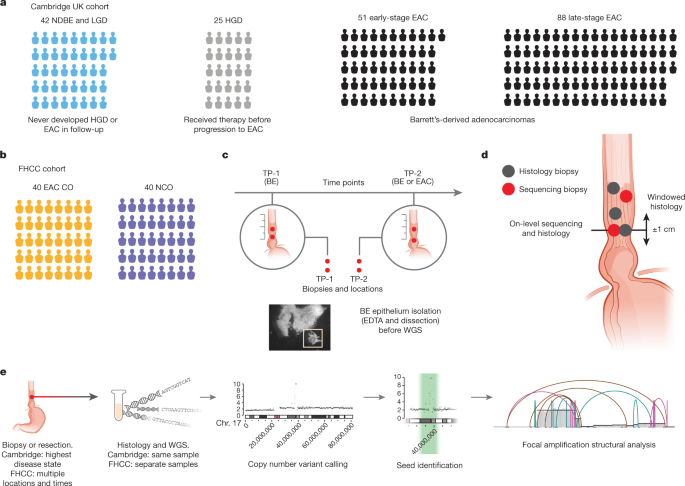脊椎動物が5億年以上前にバクテリアから特殊なタンパク質を獲得したことを示す証拠が発見される Discovery comes to light with evidence that vertebrates acquired a special protein from bacteria more than 500 million years ago
2023-04-12 カリフォルニア大学サンディエゴ校(UCSD)
この研究は、UCサンディエゴ生物学部の科学者たちが、脊椎動物の視力を司るタンパク質の進化的起源が約5億年前にバクテリアから水平遺伝子伝達によって獲得されたことを発見したことを報告している。これにより、脊椎動物に独特の機能を提供するIRBPの起源についての謎が解明された。この発見により、生物の進化と複雑な構造についての新しい知見が得られる可能性がある。
<関連情報>
- https://today.ucsd.edu/story/eye-opening-origin-story-scientists-trace-key-innovation-in-our-camera-like-vision-to-bacteria
- https://www.pnas.org/doi/10.1073/pnas.2214815120
脊椎動物の眼の進化に重要な革新をもたらすバクテリアの起源の解明 Bacterial origin of a key innovation in the evolution of the vertebrate eye
Chinmay A. Kalluraya,Alexander J. Weitzel,Brian V. Tsu and Matthew D. Daugherty
Proceedings of the National Academy of Sciences Published:April 10, 2023
DOI:https://doi.org/10.1073/pnas.2214815120

Significance
Since the time of Charles Darwin, explaining the stepwise evolution of the eye has been a challenge. Here, we describe the essential contribution of bacteria to the evolution of the vertebrate eye, via interdomain horizontal gene transfer (iHGT), of a bacterial gene that gave rise to the vertebrate-specific interphotoreceptor retinoid-binding protein (IRBP). We demonstrate that IRBP, a highly conserved and essential retinoid shuttling protein, arose from a bacterial gene that was acquired, duplicated, and neofunctionalized coincident with the development of the vertebrate-type eye >500 Mya. Importantly, our findings provide a path by which complex structures like the vertebrate eye can evolve: not just by tinkering with existing genetic material, but also by acquiring and functionally integrating foreign genes.
Abstract
The vertebrate eye was described by Charles Darwin as one of the greatest potential challenges to a theory of natural selection by stepwise evolutionary processes. While numerous evolutionary transitions that led to the vertebrate eye have been explained, some aspects appear to be vertebrate specific with no obvious metazoan precursor. One critical difference between vertebrate and invertebrate vision hinges on interphotoreceptor retinoid-binding protein (IRBP, also known as retinol-binding protein, RBP3), which enables the physical separation and specialization of cells in the vertebrate visual cycle by promoting retinoid shuttling between cell types. While IRBP has been functionally described, its evolutionary origin has remained elusive. Here, we show that IRBP arose via acquisition of novel genetic material from bacteria by interdomain horizontal gene transfer (iHGT). We demonstrate that a gene encoding a bacterial peptidase was acquired prior to the radiation of extant vertebrates >500 Mya and underwent subsequent domain duplication and neofunctionalization to give rise to vertebrate IRBP. Our phylogenomic analyses on >900 high-quality genomes across the tree of life provided the resolution to distinguish contamination in genome assemblies from true instances of horizontal acquisition of IRBP and led us to discover additional independent transfers of the same bacterial peptidase gene family into distinct eukaryotic lineages. Importantly, this work illustrates the evolutionary basis of a key transition that led to the vertebrate visual cycle and highlights the striking impact that acquisition of bacterial genes has had on vertebrate evolution.


